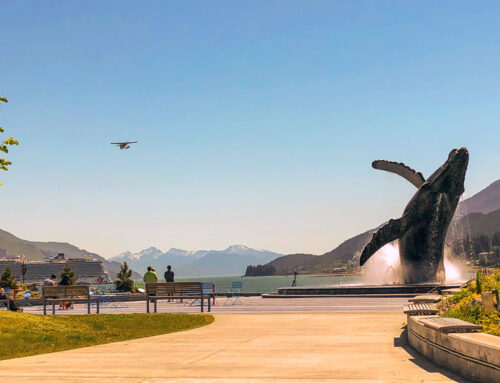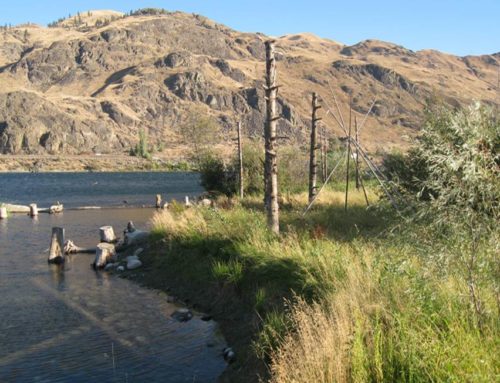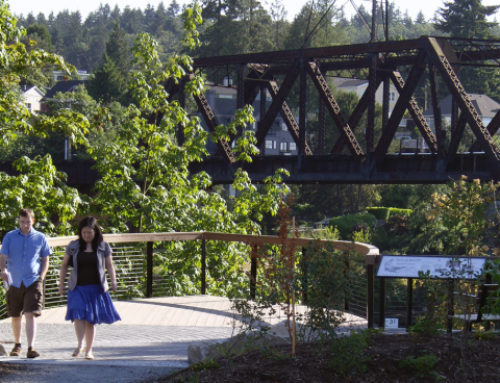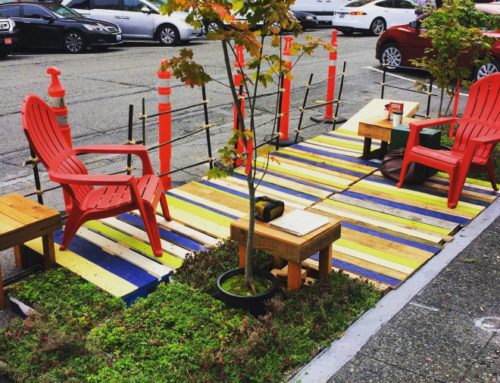by Dan Shaw
The ABA Accessibility Guidelines for Outdoor Developed Areas final rule went into effect on November 25. Anyone involved in outdoor accessibility issues in a federal setting will likely be affected by the final rule.
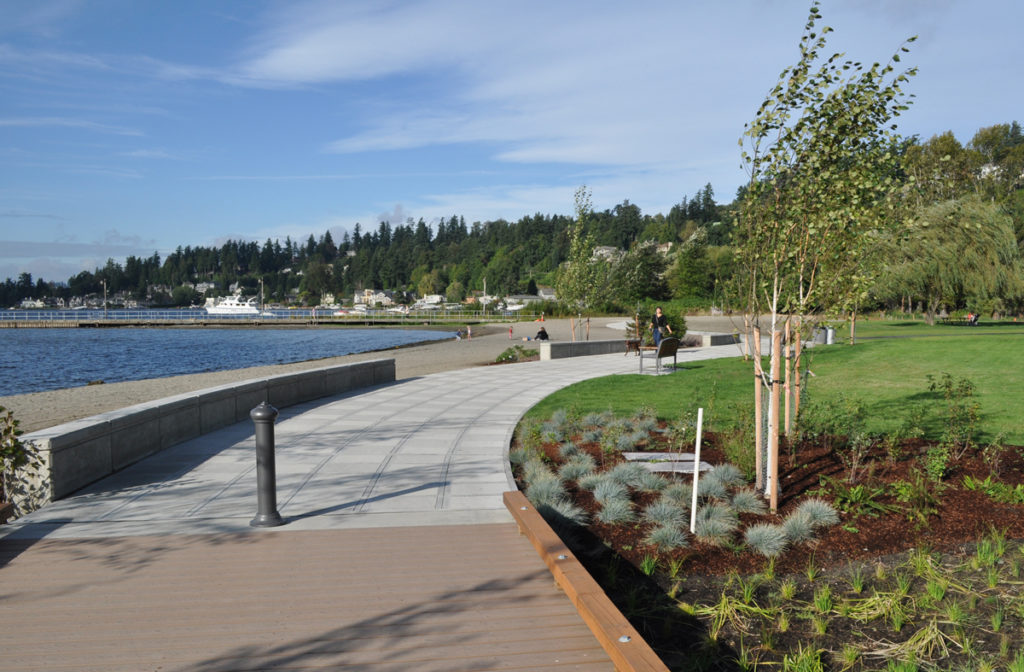
Changes in materials need careful consideration, (Juanita Beach Park, Kirkland, WA)
Several of us at the office recently participated in a webinar on these updates. The ABA Accessibility Guidelines provide technical requirements to ensure projects on federal lands (or built by federal agencies) are accessible to people with disabilities. In our day-to-day work we often choose to follow ABA standards (even on non-federal projects) because they provide effective, reasonable, and specific design guidelines for accessible outdoor facilities including trails, beach access, camping sites, etc.
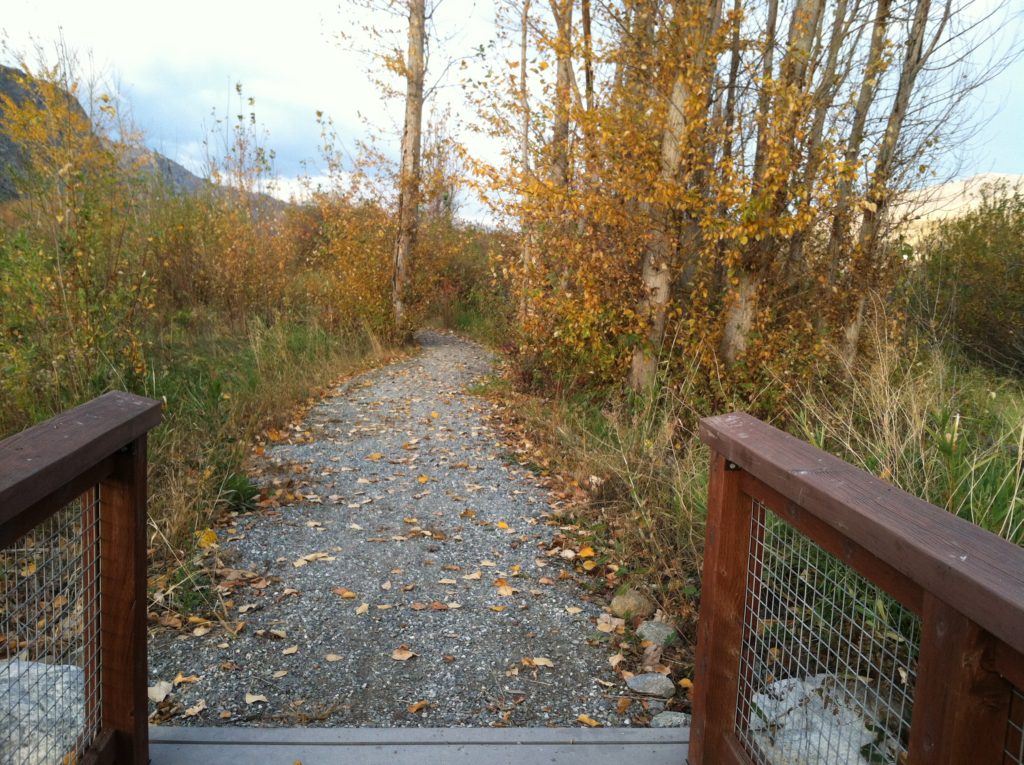
ADA accessibility works with crushed surfaces but has its challenges. (Beebe Springs Natural Area, near Chelan, WA)
ABA guidelines may also serve as the basis for ADA updates, potentially going into effect as early as Spring of 2014 depending on how negotiations go with rule-makers. We anticipate that even more municipalities will start to adopt ABA guidelines on a project-by-project basis.
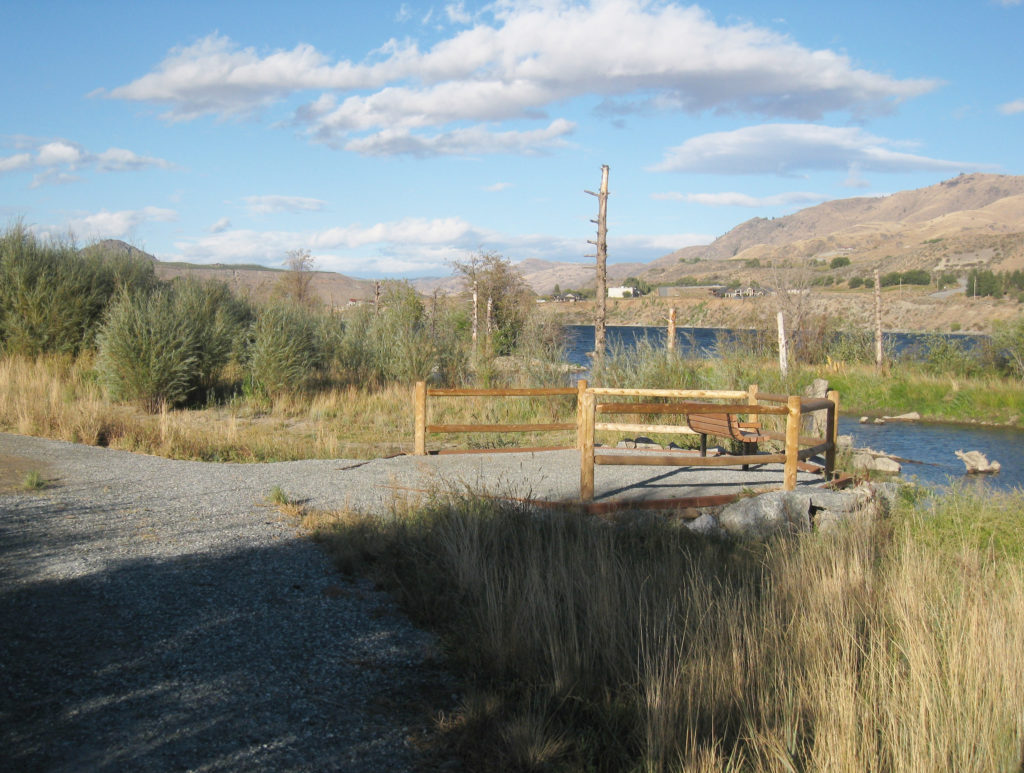
An accessible viewpoint and bench (Beebe Springs Natural Area, near Chelan, WA)
The webinar format made it easy for us to learn about these updates- we simply gathered in our conference room and listened in, which made it possible for us to discuss what we were learning with each other and how these guidelines will shape future projects.
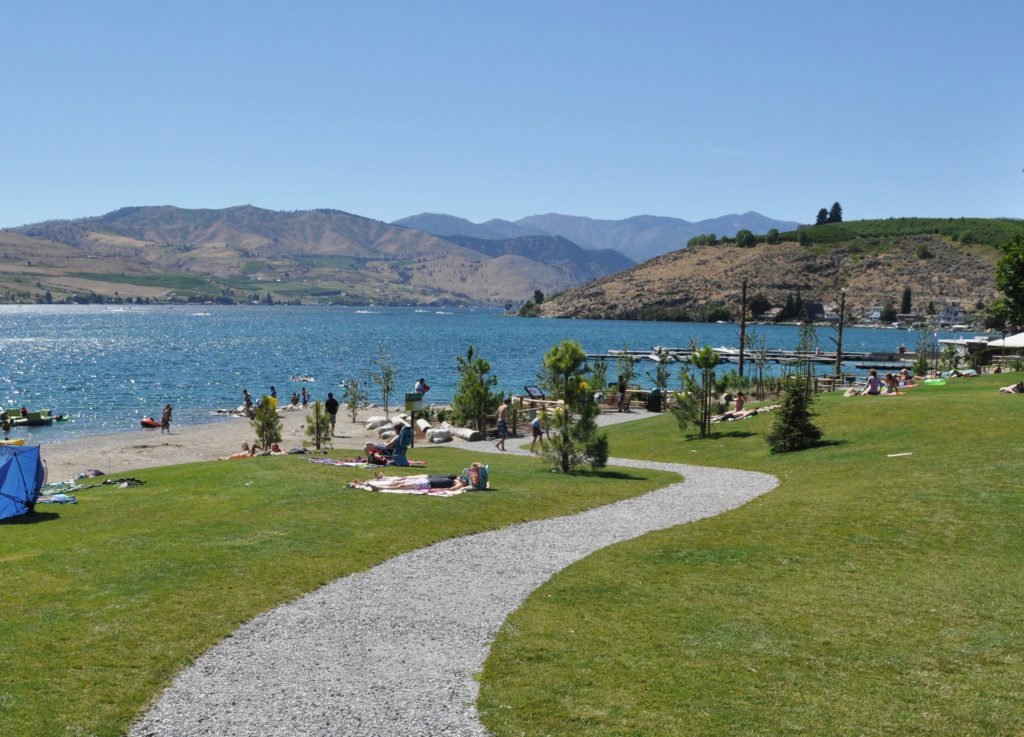
A serpentine path often reduces the gradient, improving accessibility (Don Morse Park, Chelan, WA)
The new guidelines are a great way to enhance accessibility for all.
The full report is available at this link. The ABA PowerPoint show may be found here.

